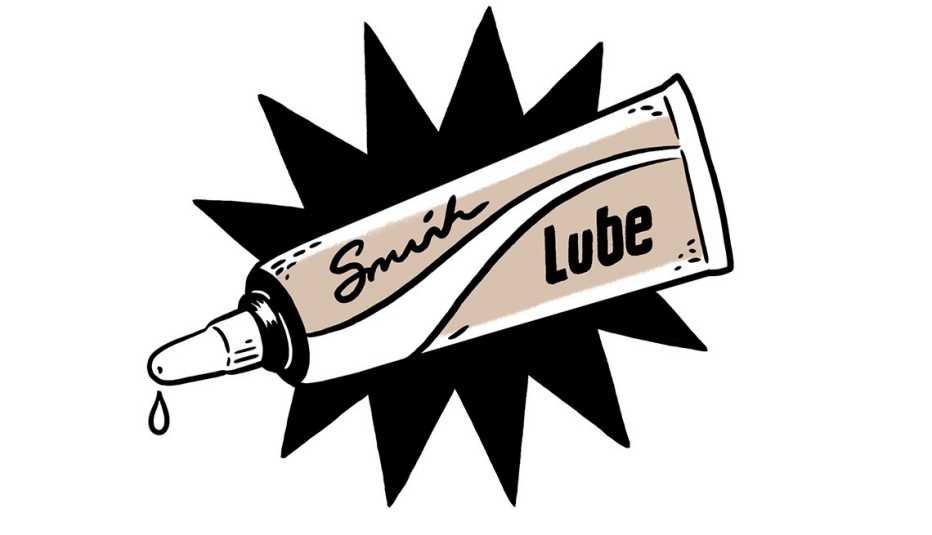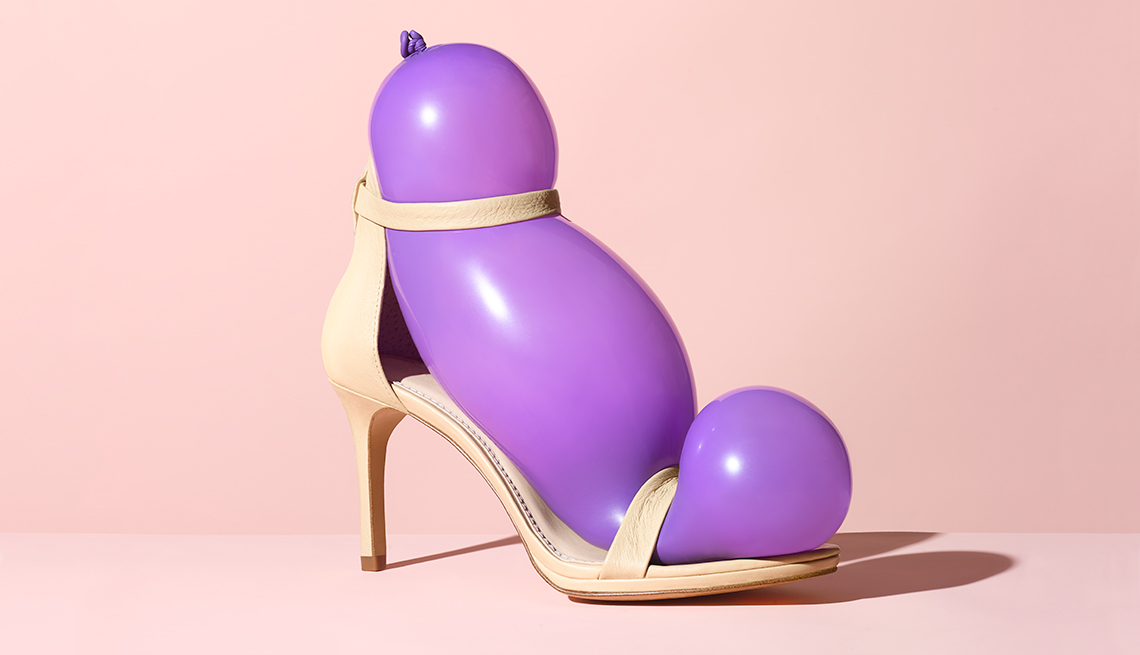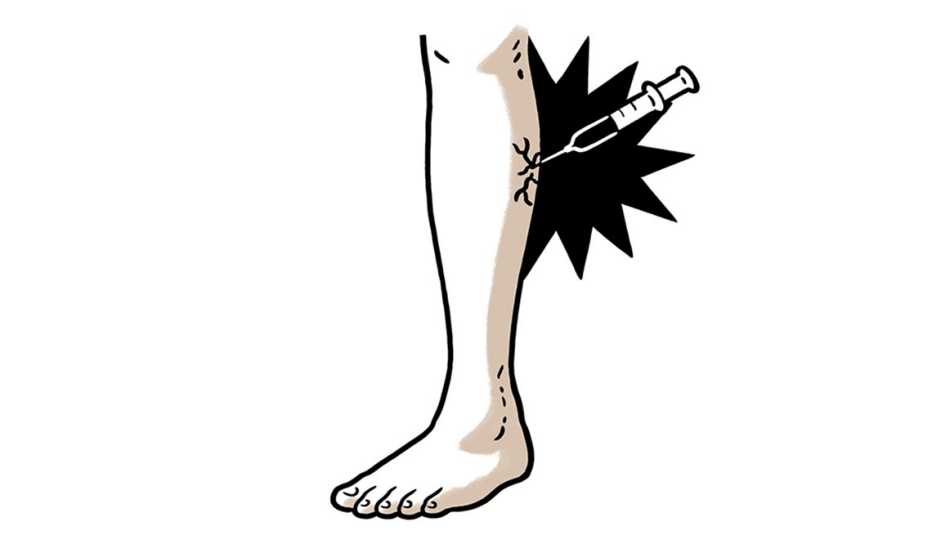Staying Fit
A survey of some of the very human and vaguely embarrassing conditions that plague women. And just to be fair, we have a men's edition, too.
1. If the shoe won't fit, go shopping
After years of faithful service, your go-to pumps are now squishing your toes.
The reason: Your feet can get flatter and wider as you age or if you've gained weight, says Georgeanne Botek, head of podiatry at the Cleveland Clinic. If you're like many women, your feet may have already gotten longer during your first pregnancy. Now they are spreading out. Bunions, calluses and corns can also change the size and shape of your feet — plus cause pain. Try this...


AARP Membership— $12 for your first year when you sign up for Automatic Renewal
Get instant access to members-only products and hundreds of discounts, a free second membership, and a subscription to AARP the Magazine.
Start over. Have your feet measured for size and choose new shoes that offer support, padding and room for your tender toes.
Insert here. If sturdy shoes don't ease your foot pain, you may need shoe inserts to realign your feet. A podiatrist can fit you for customized inserts, but even store-bought ones can help.
Act now if. Your feet suddenly look markedly different. If one is swollen or red, this could be a sign of a stress fracture or circulation issues.


2. When getting busy gets awkward
Sex has gone from exciting to excruciating.
The reason: declining estrogen levels. The hormone is needed for arousal, vaginal lubrication and elasticity, which is why many women experience painful sex after menopause, says gynecologist Lauren Streicher, author of Sex Rx: Hormones, Health, and Your Best Sex Ever. Try this...
Lubricate. If you're lacking moisture, help things along with a silicone lubricant.
Go local. A low dose of estrogen — delivered to your vaginal lining via a cream, ring or suppository — restores tissues without the risks of systemic hormone replacement therapy.
Check out this med. Talk to your doctor about Osphena, a nonhormonal oral drug that acts on the estrogen receptors in the vagina.
Use laser focus. The MonaLisa Touch is a CO2-laser treatment that rejuvenates vaginal tissue. It's costly — up to $3,000 for three treatments — and may require a yearly booster.
Act now if: You have unusual bleeding. It could mean ovarian or cervical cancer.







































































